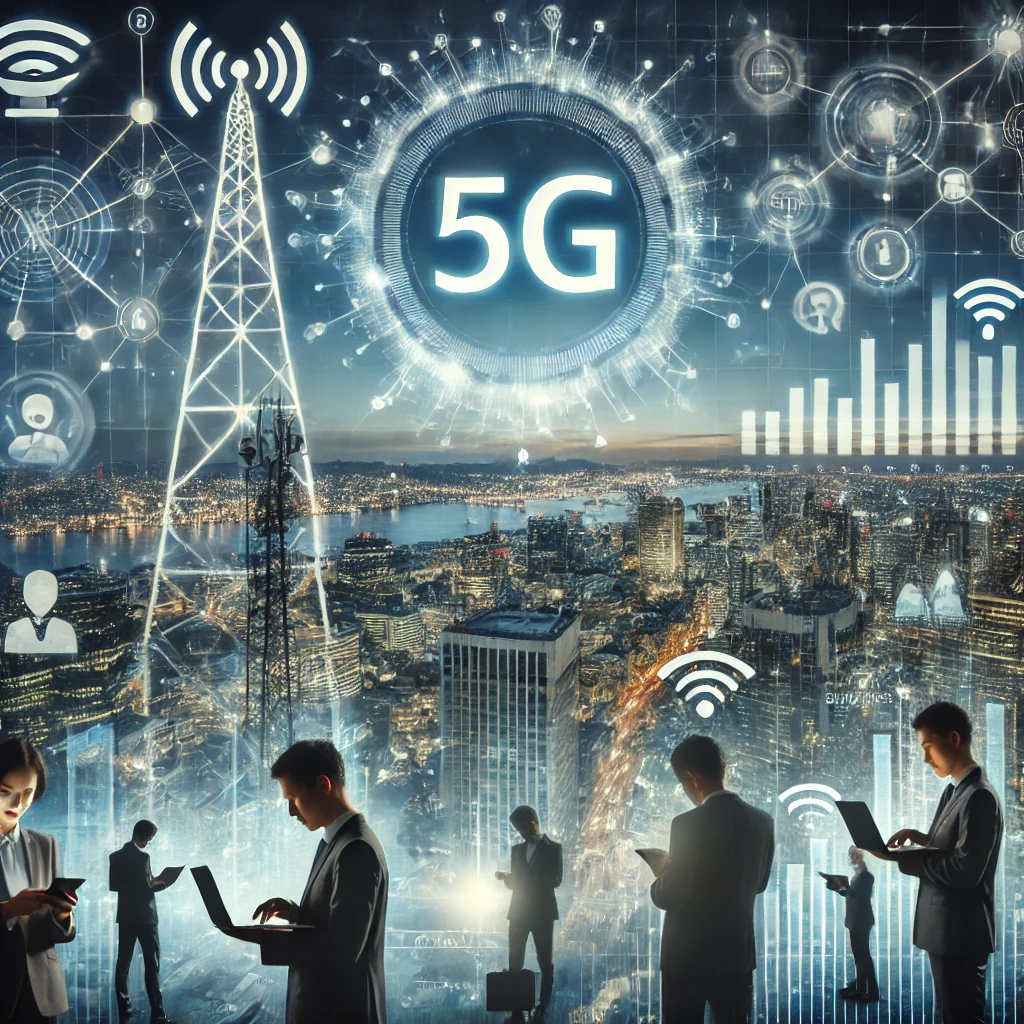In 2025, as technology rapidly advances, the world faces an evolving landscape of cyber threats. This blog dives deep into the latest cybersecurity trends and insights, so you can stay ahead and protect your business from the most imminent dangers.
Introduction
In today’s hyper-connected world, cybersecurity is a critical concern for businesses and individuals alike. With data breaches and ransomware attacks making headlines every other day, it’s no surprise that the need for stronger digital protection is more pressing than ever. As we look towards 2025, the landscape of cybersecurity is set to transform significantly. Keeping up with cybersecurity trends is crucial to protect your data, finances, and reputation from evolving cyber threats.
In this blog, we’ll explore the cybersecurity trends for 2025 to help you stay proactive in protecting your digital assets. We’ll also identify the major threats expected to arise and how businesses can safeguard their sensitive data.
1. Rise of AI-Driven Cyber Threats
As Artificial Intelligence (AI) and Machine Learning (ML) become more mainstream, cybercriminals are leveraging these technologies to orchestrate more sophisticated attacks. In 2025, AI-driven cyber threats will be more prevalent, with attackers deploying AI to bypass traditional cybersecurity measures and penetrate complex systems.
AI algorithms can now learn and mimic human behavior to create deceptive phishing attacks or identify weak points in networks more effectively. This advancement means that traditional antivirus solutions will become increasingly obsolete against these intelligent threats.
How to Combat AI-Powered Attacks
Businesses must invest in AI-based cybersecurity solutions that can anticipate and neutralize threats in real-time. Embracing proactive AI that detects and mitigates suspicious activities will be key to staying ahead.
2. The Evolution of Zero Trust Security Models
The traditional “castle and moat” approach to cybersecurity is fading fast. In 2025, companies will continue to adopt Zero Trust Architecture (ZTA) to strengthen their security posture. This model operates under the premise of “never trust, always verify,” treating every access request as a potential threat, regardless of its origin.
Zero Trust is essential for organizations to prevent insider threats and lateral movement within networks. By implementing strict authentication and continuous monitoring protocols, businesses can effectively reduce their attack surfaces.
Key Components of Zero Trust Implementation
- Multi-factor authentication (MFA)
- Identity and access management (IAM)
- Micro-segmentation of networks
- Continuous real-time monitoring
3. Quantum Computing and Cybersecurity
Quantum computing, though still in its infancy, poses a massive threat to traditional cryptographic systems. By 2025, advancements in quantum computing could potentially crack standard encryption algorithms, making data privacy more vulnerable than ever before.
This threat underscores the urgency for organizations to explore quantum-resistant cryptographic algorithms to future-proof their data. Companies should prioritize research and development (R&D) in this area to ensure that their encryption measures can withstand emerging threats.
4. Escalating Ransomware Attacks

Escalating Ransomware Attacks
Despite ongoing efforts to combat them, ransomware attacks are expected to escalate further in 2025. Cybercriminals are constantly finding new ways to encrypt data and demand massive payouts. Double extortion ransomware—where attackers not only encrypt data but also threaten to release it—will become more widespread, raising the stakes for businesses.
Best Practices to Tackle Ransomware
- Regularly back up data in secure, offline locations
- Implement robust endpoint protection
- Train employees to recognize phishing attempts
- Establish clear incident response plans
5. Biometric Security Solutions on the Rise
As organizations strive to fortify their defenses, biometric security solutions such as fingerprint, facial recognition, and voice authentication are set to dominate the cybersecurity landscape by 2025. Biometrics are far harder to forge than traditional passwords, making them a viable alternative to combat identity theft.
However, implementing biometric authentication comes with its own set of challenges, particularly concerning privacy issues and the secure storage of biometric data. Therefore, organizations should be cautious and transparent in their use of biometric security.
6. Increased Focus on Cloud Security
With businesses continuing their migration to cloud-based platforms, the importance of cloud security is expected to grow exponentially by 2025. The shared responsibility model of cloud security requires organizations to take proactive steps to secure their cloud infrastructure.
Emerging threats like cloud jacking—where attackers gain unauthorized access to cloud resources—pose severe risks. Organizations must work with cloud providers to set up stringent access controls and continuously monitor their cloud environments.
7. Supply Chain Attacks: A Growing Concern
In recent years, supply chain attacks have taken the world by storm, and 2025 will see an uptick in such incidents. Attackers target software vendors or hardware providers to infiltrate a larger network. This trend indicates that businesses must prioritize securing their entire supply chain, not just their internal systems.
Mitigating Supply Chain Risks
- Conduct regular audits of third-party vendors
- Implement strict access controls for vendors
- Invest in endpoint detection and response solutions
8. IoT Security Threats in Smart Cities

IoT Security Threats in Smart Cities
The proliferation of Internet of Things (IoT) devices in smart cities poses an expanding threat surface for cyberattacks. From autonomous vehicles to connected healthcare devices, IoT endpoints remain vulnerable to attacks, leading to severe disruptions.
In 2025, securing IoT ecosystems will be a top priority for businesses and governments. Security measures like secure firmware updates, strong device authentication, and network segmentation will be essential.
Conclusion
The cybersecurity landscape is continually evolving, and the trends for 2025 indicate an increase in sophisticated attacks and more stringent security measures. From the rise of AI-powered cyber threats to the urgent need for quantum-resistant cryptography, businesses must stay vigilant and adapt to these changes proactively.
By embracing advanced security frameworks like Zero Trust, prioritizing cloud security, and focusing on IoT and biometric solutions, organizations can stay one step ahead of cybercriminals. Remember, staying informed and prepared is the key to minimizing risks and protecting your digital assets.




Your article helped me a lot, is there any more related content? Thanks!
Can you be more specific about the content of your article? After reading it, I still have some doubts. Hope you can help me.
Thanks for sharing. I read many of your blog posts, cool, your blog is very good.